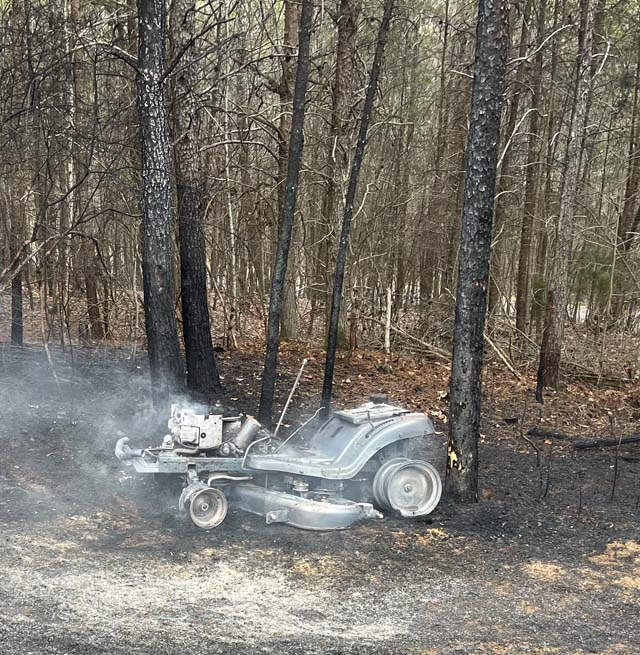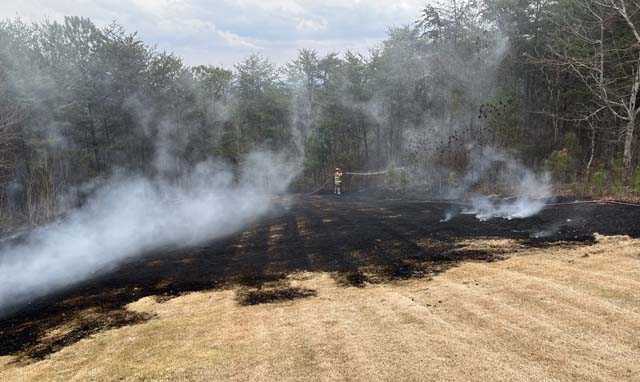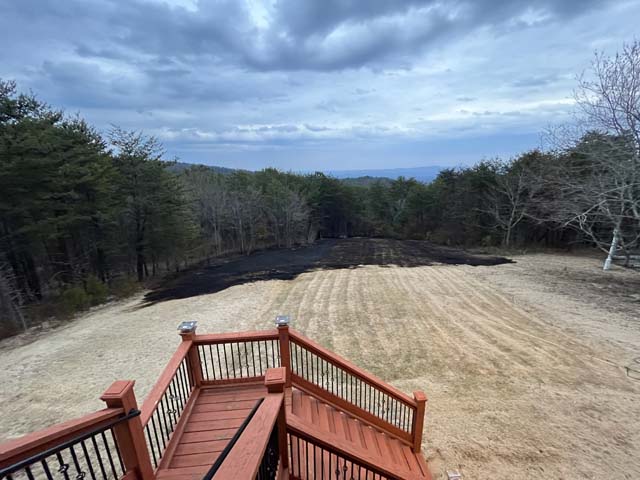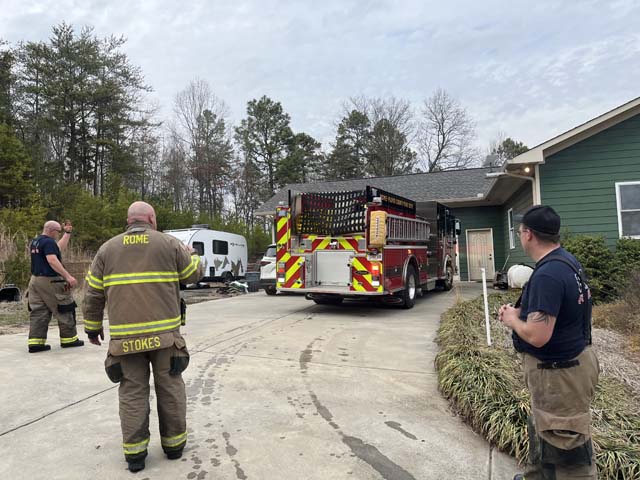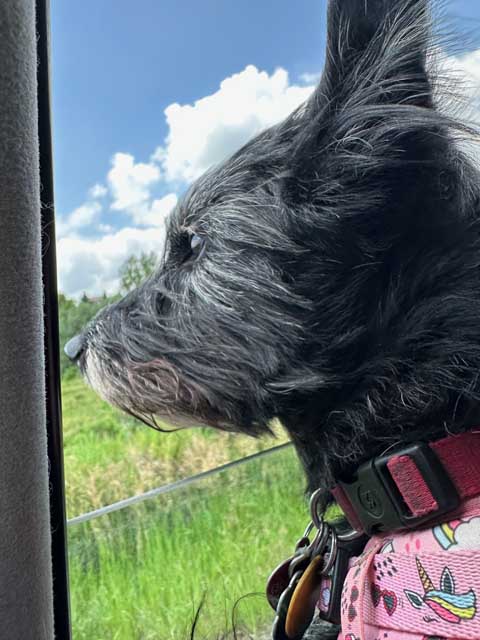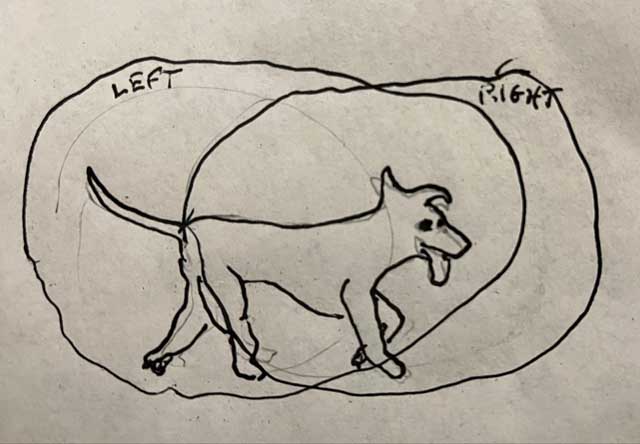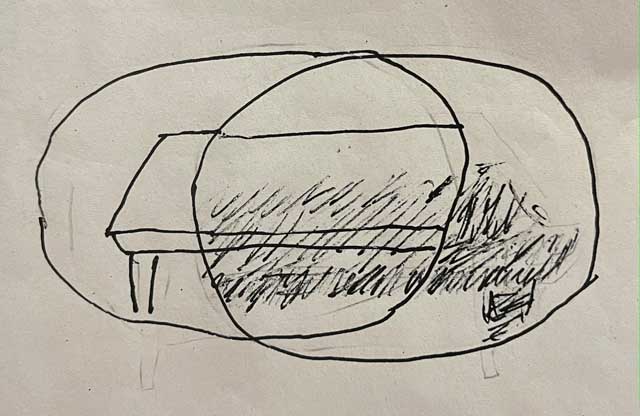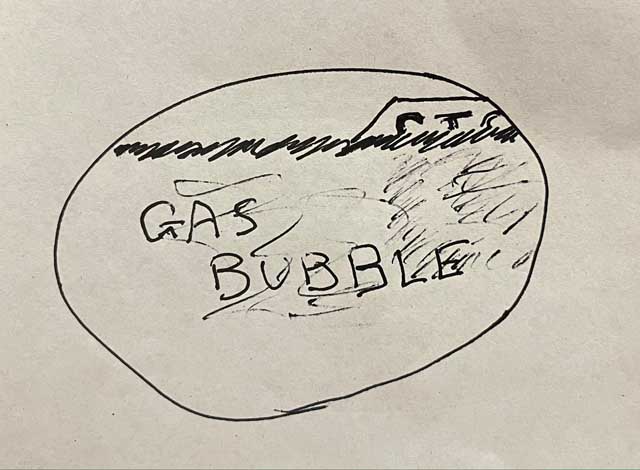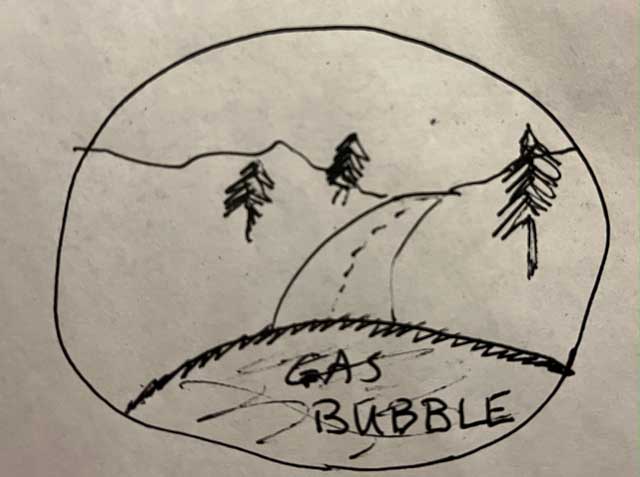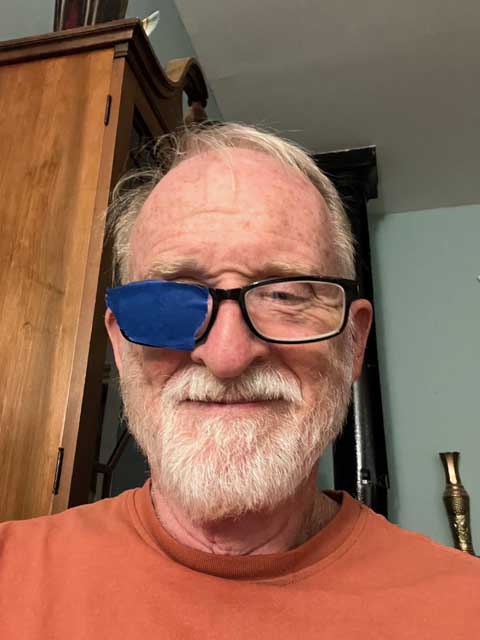Donald Trump’s nominations for his cabinet and other high offices are looking like a twisted joke, but there is one case where the nomination itself is not the punchline. He has named Tulsi Gabbard to be the Director of National Intelligence (DNI), the top intelligence official in the United States. Whatever her qualifications may be, or may not be, she is not the problem. If he names someone else, anyone else, they will not be the problem. The problem is Donald Trump himself.
Sharing intelligence helps everyone. The recent arrest of Iranians planning to assassinate Trump himself is a good example of the type of results that intelligence sharing can provide. Although no officials have said how the US became aware of the plotters, it is exactly the type of information that the US relies on to keep us safe and secure.
The US has had reasonably good relations with foreign intelligence agencies. Probably the oldest and closest relationship is within the anglosphere, Canada, the UK, Australia, New Zealand and the US, the Five Eyes. That relationship started before the US entered World War 2, and has continued ever since. No one outside the secure walls of the intelligence community can know how valuable such cooperation has been, but we occasionally see the results in things like the arrest of potential terrorists. To say that the source of the information that leads to such results is carefully protected in an understatement. If sources were disclosed, sources will likely dry up and lives could be at risk.
Trump has a history of mishandling US classified material while in office, including disclosing intelligence information to Russia, as well as to other foreign officials and to uncleared civilians. Then, of course, there is the matter of stealing classed material, storing it in his bathroom, and showing it to unknown people. No one knows what has been disclosed or to whom, during his presidency or after.
Once Trump takes office, no foreign or domestic intelligence agency can assume that its highly sensitive intelligence information will remain secure. If US intelligence officials are doing their jobs, they have to assume that anything reported up the chain of command will be compromised. US agencies will probably have no choice but to give such information to Trump loyalists in high positions, and thus to Trump himself. Foreign agencies will have a choice, and if they are doing their jobs, they will have to vet any information extremely carefully before they choose to share it with US intelligence agencies.
Thus it is likely that once Trump takes office, US intelligence agencies will be crippled, and the US will be less safe from foreign nations and individuals who wish to do us harm. And there is nothing that any DNI can do to change that.
